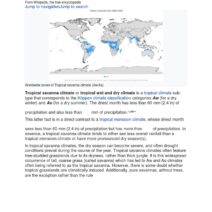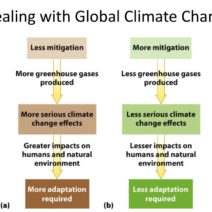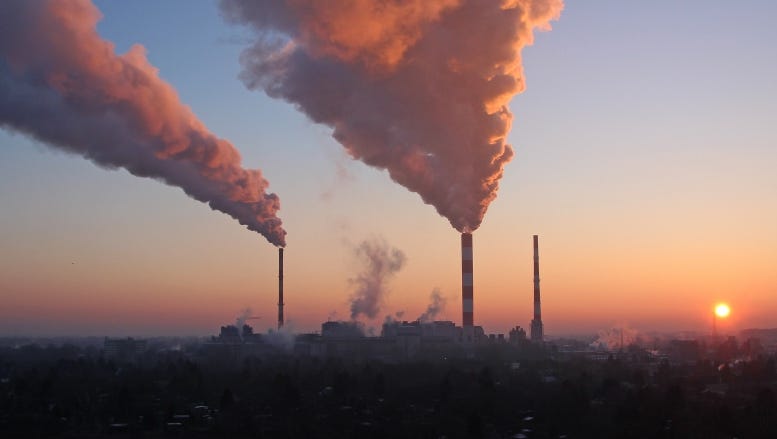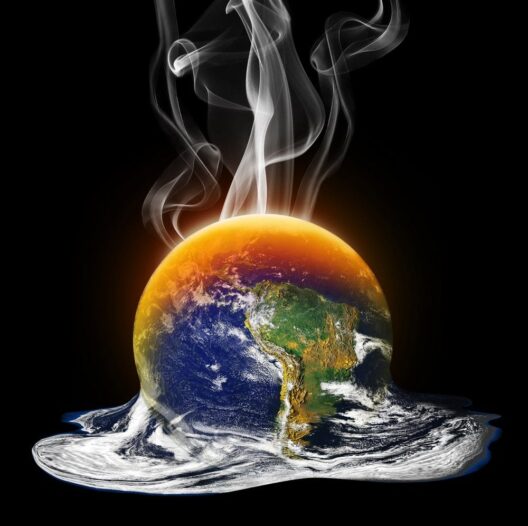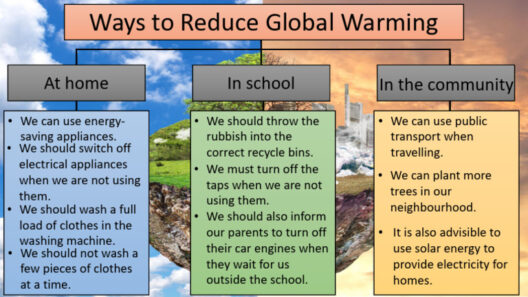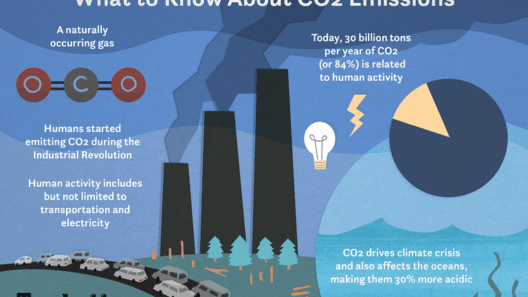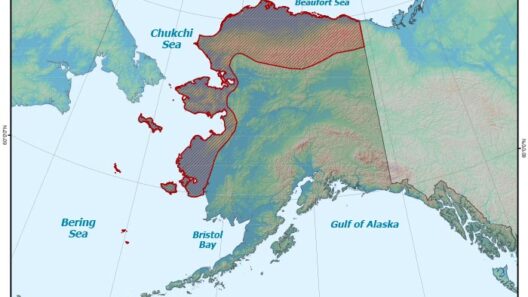Over the last century, a pronounced and somewhat ominous trend has emerged: carbon dioxide (CO2) levels in our atmosphere have steadily escalated, coinciding with a noticeable rise in global temperatures. While skepticism regarding this relationship remains prevalent, a substantial body of scientific evidence corroborates the assertion that carbon dioxide is a primary driver of global warming. This discourse seeks to elucidate the intricate relationship between carbon dioxide and climate change, grounded in a comprehensive examination of scientific theories and empirical data.
To unravel the complexities of carbon dioxide’s role in climate change, we must first appreciate its chemical properties. Carbon dioxide is a greenhouse gas, which means it has the capacity to absorb and emit infrared radiation. This particular trait renders it essential to Earth’s natural greenhouse effect, a phenomenon that maintains our planet’s temperature within a range conducive to life. When solar energy reaches the Earth, a significant portion is reflected back into space. However, greenhouse gases like CO2 trap some of this energy within the atmosphere, preventing it from escaping. This mechanism is fundamentally what keeps our planet warm, yet too much of this gas can exacerbate warming to catastrophic levels.
The Industrial Revolution marked a pivotal turn of events, ushering in an era characterized by the extensive use of fossil fuels such as coal, oil, and natural gas. As these fuels combust to generate energy, they release vast quantities of carbon dioxide. This anthropogenic emissions surge has precipitated a notable increase in atmospheric CO2 concentrations, which have now surpassed 400 parts per million—the highest observed in approximately 800,000 years. Such levels starkly contrast with historical norms, creating a disconcerting backdrop against which to evaluate contemporary climate patterns.
Observations from climate science demonstrate a strong correlation between rising carbon dioxide levels and increasing global temperatures. The Intergovernmental Panel on Climate Change (IPCC) indicates that global surface temperatures have risen by about 1.2 degrees Celsius since the late 19th century. Attribution studies aimed at deciphering the causes of this warming unequivocally show that the overwhelming majority of the observed warming can be attributed to human-induced greenhouse gas emissions, primarily carbon dioxide. It is particularly noteworthy that natural phenomena such as volcanic eruptions and solar fluctuations alone cannot account for the dramatic temperature rise; the evidence positions anthropogenic CO2 emissions as the crucial driver.
A salient question emerges: How does this relationship manifest systematically? One explanatory framework lies in the concept of the carbon cycle, which elucidates the movements of carbon among various reservoirs, including the atmosphere, oceans, and terrestrial ecosystems. Carbon dioxide enters the atmosphere through several pathways, including respiration, decomposition, and anthropogenic activities. However, the natural mechanisms—photosynthesis in plants, absorption by the oceans, and soil uptake—serve to moderate these levels. The problem arises as human activities introduce an excessive influx of CO2 into the atmosphere, overwhelming Earth’s natural ability to sequester this carbon.
The direct impact of elevated carbon dioxide on global temperatures can be magnified by feedback mechanisms within the climate system. For instance, as temperatures rise, polar ice caps and glaciers melt, reducing the Earth’s albedo—the measure of how much sunlight is reflected by the surface. A decrease in albedo results in more solar energy being absorbed by Earth, thereby amplifying warming. Additionally, warmer temperatures can lead to increased evaporation, resulting in higher humidity levels. Water vapor itself is a potent greenhouse gas, further intensifying the greenhouse effect. These interactions create a series of feedback loops that can accelerate climate change beyond initial projections.
Moreover, the consequences of rising carbon dioxide levels extend beyond mere temperature increases. Ecosystems are particularly vulnerable, facing disruptions that threaten biodiversity. Coral reefs, for instance, experience bleaching when stressed by warmer waters and ocean acidification—both outcomes of increased atmospheric CO2. Terrestrial ecosystems also bear the brunt of climate change, with alterations in precipitation patterns and increased frequencies of extreme weather events, such as droughts and hurricanes, influenced by changing temperatures.
Given the persistence of climate change, a critical dialogue centers on potential mitigation strategies. Transitioning towards renewable energy sources—solar, wind, and hydroelectric power—can drastically alleviate our reliance on fossil fuels, thereby reducing carbon dioxide emissions. Implementation of carbon capture and storage technologies can also play a pivotal role in sequestering emissions before they enter the atmosphere. Furthermore, promoting reforestation and sustainable land practices stands as an effective method of enhancing the carbon-absorbing capacity of terrestrial ecosystems.
However, addressing carbon dioxide-induced warming transcends simple technological fixes; it necessitates a global awakening to the underlying economic and social paradigms that perpetuate fossil fuel consumption. Mobilizing communities, fostering international cooperation, and investing in climate education are fundamental to empowering citizens toward collective action against climate change.
In conclusion, the relationship between carbon dioxide and global warming is firmly established within the scientific community. The evidence illustrates that heightened levels of CO2, largely attributable to human activities, act as a catalyst for climate change. Understanding the mechanisms that underlie this phenomenon is vital not only for scientific discourse but for the evolution of policy and collective action aimed at ensuring a sustainable future. The urgency with which we confront this issue is not merely a matter of scientific inquiry but a moral imperative as we seek to safeguard our planet for future generations. The time to act is now, for the health of our environment, our economies, and our very existence hinges on our ability to confront climate change head-on.

